Olympic athletes train for years to increase the strength and efficiency of their body systems. All the body systems must work at their peak performance to compete at such a high level. Training just one system is not enough.

A body system is a group of organs that work together to perform a specific function. The human body has 11 body systems. The systems studied in elementary school are usually the circulatory system, respiratory system, muscular system, digestive system, and nervous system. The other systems are just as important but more complex, so they are studied at higher grade levels. They are the endocrine system, immune system, lymphatic system, reproductive system, skeletal system, and urinary system.
To better understand how the human body systems work….
LET’S BREAK IT DOWN!
The human body is made up of multiple interacting systems.
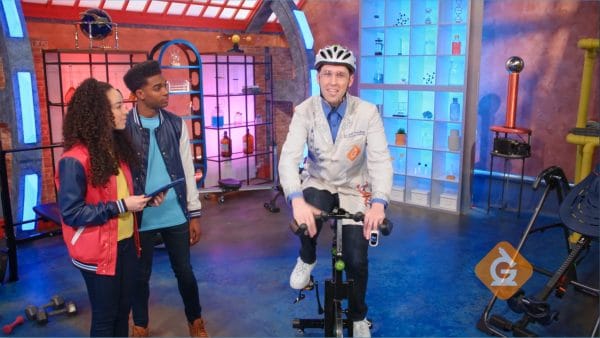
Each system in the human body has a special function. Your skeletal system gives your body support and structure, so you can stand up. Your immune system helps you stay healthy by fighting off diseases. Each of these systems also interact with each other. For example, the bones in your skeletal system would not be very useful without the muscular system to help them move around. And how would your muscles know where to move your bones if your nervous system didn’t tell them?
The circulatory system pumps blood through your body.
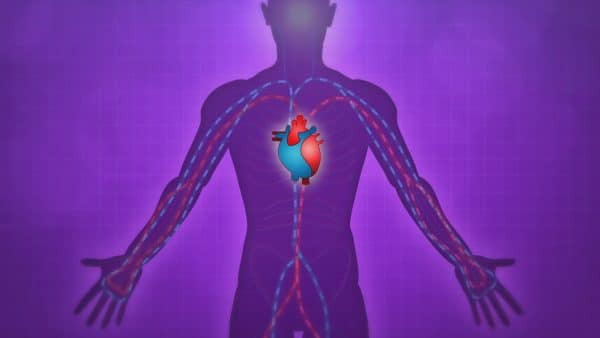
The circulatory system consists of your heart and blood vessels. The heart’s job is to pump blood throughout your body.
The left side of the heart takes oxygen-rich blood from the lungs and pumps it to other parts of the body to use. The right side of the heart pumps blood to the lungs to add oxygen to it.
The heart has a very busy job! When you are resting, your heart pumps between 60-100 times each minute. When you are exercising, it pumps much faster to deliver blood to your muscles.
The heart is responsible for getting the oxygen to your muscles, but it is the respiratory system’s job to provide the oxygen. This means that the circulatory system is directly linked to the respiratory system.
The respiratory system gathers oxygen and removes carbon dioxide.
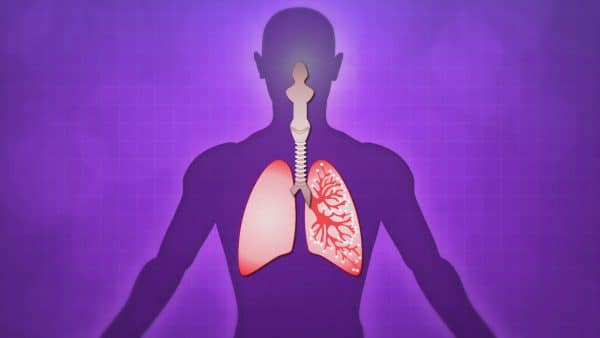
The main part of the respiratory system is the lungs. It is the lungs’ job to bring air into and out of the body. Oxygen from the air you inhale moves through small blood vessels and enters the bloodstream. It then hitches a ride on red blood cells and travels to all parts of the body.
The blood coming back to the lungs contains carbon dioxide. When you exhale, you remove carbon dioxide which your body does not need anymore.
The muscular system allows the body to move.
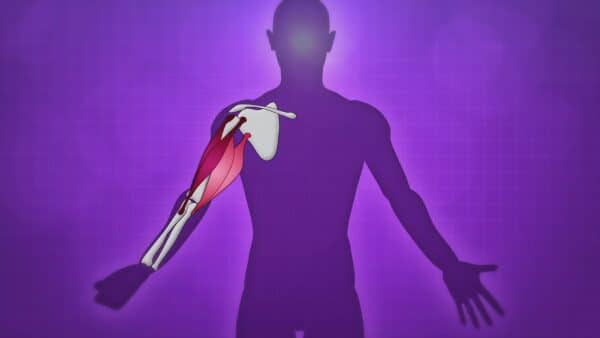
You have over 600 muscles in your body. Muscles are attached to bones and are controlled by nerves that communicate with the brain. Movement takes place when a muscle gets shorter (contracts).
Most muscles work in pairs, allowing movement in more than one direction. For instance, there are two sets of muscles that move your arm. When you lift your arm up, your bicep contracts. At the same time, the muscle on the back of your arm, called the tricep, relaxes.
The digestive system breaks down food to release nutrients.
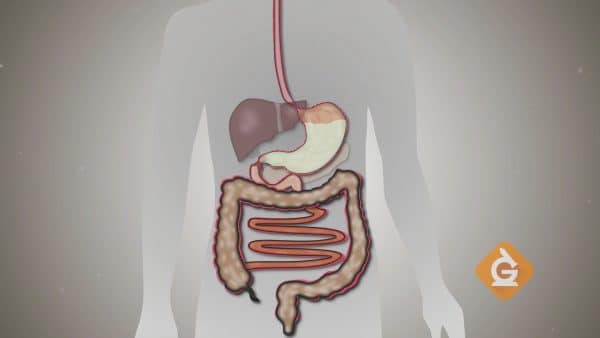
Digestion begins when we break food down into little pieces in our mouth with the help of teeth, the tongue and saliva.
After that, food travels down the esophagus and into the stomach, where it’s further broken down by stomach acids.
From the stomach, it heads to the small intestine. Here, your body removes nutrients it needs from food, and sends the nutrients to parts of the body through the circulatory system.
Finally, the digested food is sent to the large intestine, out of your body... and beyond!
EXAMPLES OF THE HUMAN BODY SYSTEMS

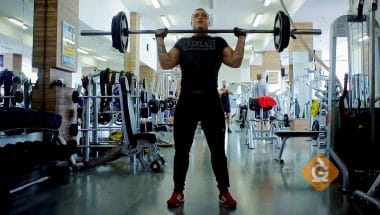
Lifting weights can increase the size of your muscles. When you exercise your muscles, they need lots of oxygen-rich blood with nutrients, which involves your respiratory and digestive systems!
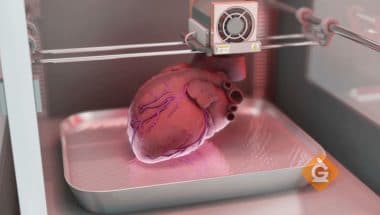
Someday, it might be possible to make artificial hearts on a 3D printer. Scientists are working to develop this technology, which can potentially save thousands of lives. Not everyone has body systems that work right all the time. With science, we can help these people.
VOCABULARY ON HUMAN BODY SYSTEMS
DISCUSSION QUESTIONS ON HUMAN BODY SYSTEMS
What would happen if one body system did not interact with the other systems?
If a person’s heart rate increases how will this benefit the muscular system?
How is the left side of the heart different from the right side of the heart?
What happens when muscles contract?
How does the small intestine function differently from the large intestine?
How are the body systems used to address the basic needs of survival: food, water, air, shelter and sleep.
Water: The digestive system also takes in water which ends up in your blood. The circulatory system distributes it around your body.
Air: Taken in by your respiratory system. The oxygen in the air passes into your circulatory system.
Shelter: Found or built using your nervous system, muscular system, skeletal system and more.
Sleep: While you sleep, all your systems are still working, though some work more than others during this time.
Skip, I will use a 3 day free trial
Enjoy your free 30 days trial
We use cookies to make your experience with this site better. By using this site you agree to our use of cookies. Click "Decline" to delete and block any non-essential cookies for this site on this specific property, device, and browser. Please read our privacy policy for more information on the cookies we use.Learn More
We use cookies to improve your experience. By using this site, you agree to our use of cookies. Click "Decline" to block non-essential cookies. See our privacy policy for details.Learn More






